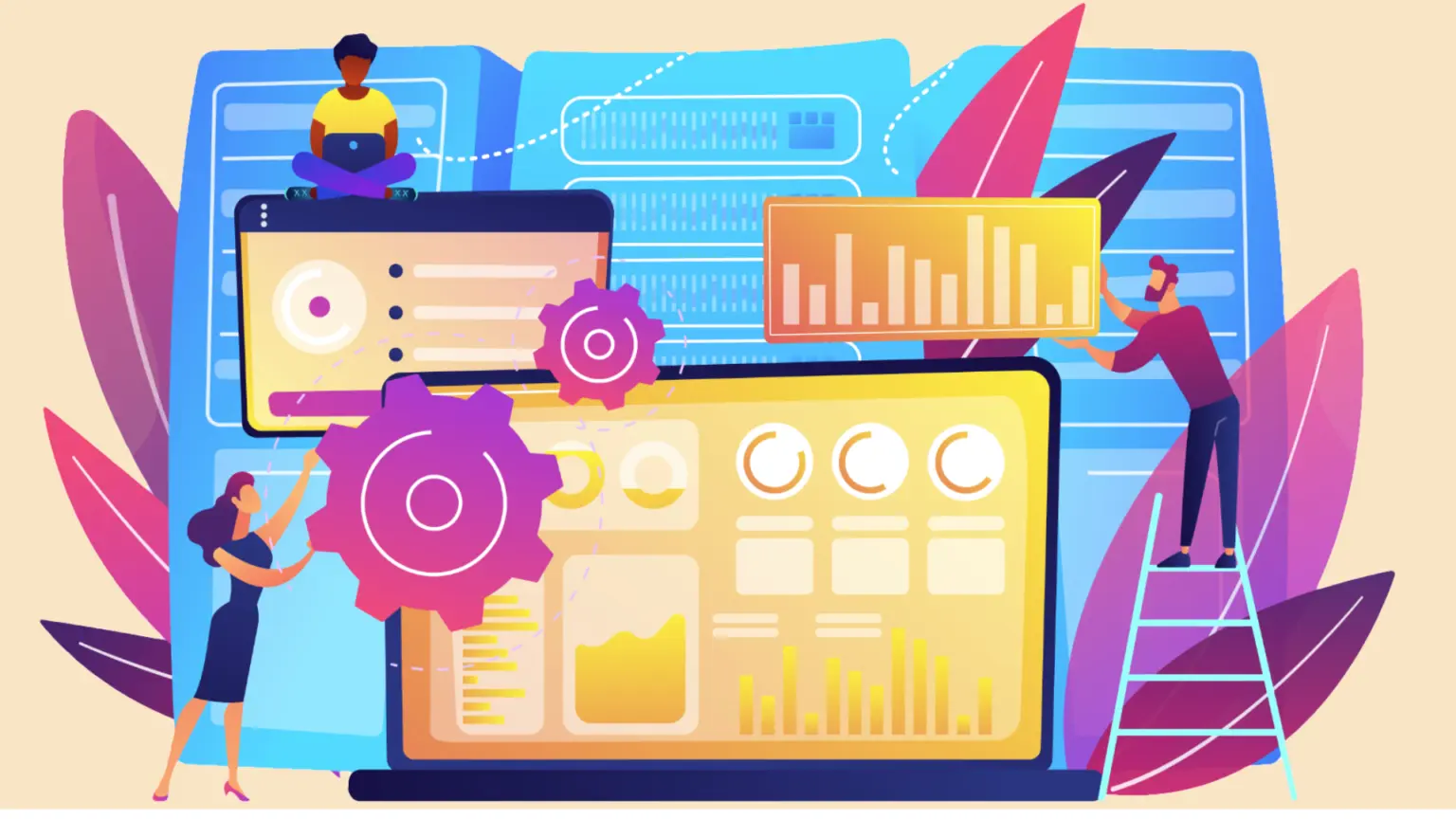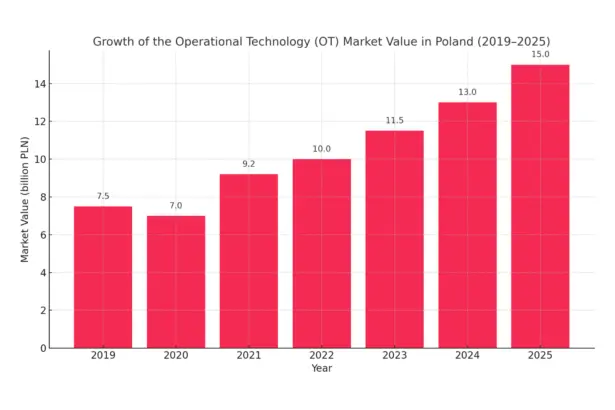The IT world has been undergoing a digital transformation for years. But what IT procurement and artificial intelligence have in common has the potential to redefine not only how companies buy software, but also the role of IT directors as key architects of business strategy.
GenAI is no longer an experiment – it is becoming core to purchasing decisions. More and more platforms are offering features to ‘intelligently match’ suppliers to business objectives rather than just technical specifications. This is not just a change in tools, but in the whole philosophy of how to approach technology sourcing.
From tactics to strategy
The traditional IT procurement model – complex, time-consuming, firmly embedded in RFP procedures – has not kept pace with the pace of the AI market. Companies today face hundreds of bids promising GenAI, but few really offer anything more than an automated assistant.
Purchasing management thus becomes not so much a supporting activity as a strategic instrument of CIO influence – combining cost control, compliance with data management policies and the company’s technology readiness for AI.
Governance as a competitive advantage
One of the biggest mistakes organisations make is to see AI governance as an obstacle. Meanwhile, well-designed governance mechanisms – with a focus on auditability, data security, compliance and algorithmic ethics – reduce the time it takes to implement the technology and reduce the risk of poor decisions.
It is becoming crucial to include AI clauses in contracts – not as an add-on, but as a standard. Does the training data comply with the privacy policy? What performance monitoring mechanisms are in place? Do the solutions offer full transparency of the model’s performance? These are questions that must precede the signing of a contract.
Governance models matter
How an organisation structures purchasing decisions determines the effectiveness of AI implementations. Centralisation may increase control and standardisation, but slows down innovation. Decentralisation, on the other hand – although flexible – risks creating shadow IT and fragmentation. More and more companies are opting for a federated model: it combines the operational freedom of departments with overarching IT oversight.
This approach is proving particularly effective in scaling AI, as it allows the technology to be better matched to local needs without losing strategic coherence.
New competences, new roles
AI transformation does not come without costs. First and foremost – of competence. New roles are emerging in purchasing structures: agent optimisers, who teach AI to run purchasing processes, and orchestration leaders, who manage the company’s ecosystem of AI tools.
This is a fundamental shift: the role of procurement departments is shifting from operational to project-based. And the CIO must not only understand the capabilities of AI, but also invest in talent capable of combining business logic with AI management skills.
The changes brought about by artificial intelligence in procurement are deeper than one might think. It is not another trend to ‘tick off’, but a shift in the centre of gravity in IT management. Companies that understand that competitive advantage is no longer just in the technology, but in the way it is sourced, will have the opportunity to build more flexible, secure and intelligent IT environments.










